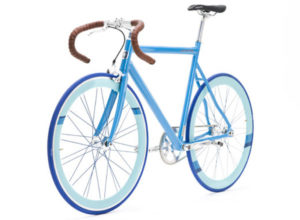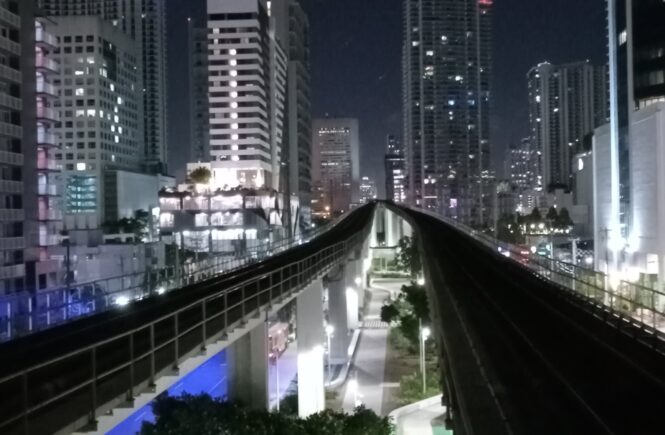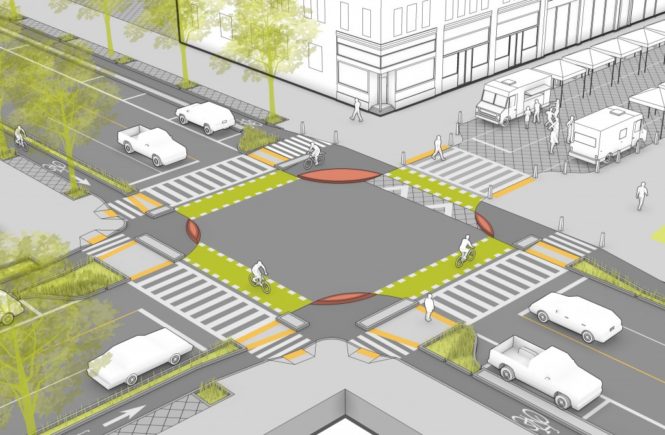An essay by Kasey Klimes which he kindly contributed to my blog. He is an urban data specialist at Gehl Architects.
![]()
A few years ago I had the pleasure of attending a lecture by legendary designer Bruce Mau. I’ll spare the accolades – the long story short is that Mau has been a transformative voice for sustainability within the design community and beyond. Of all the ideas and thoughts presented that evening, one in particular stood out to me.
He spoke with certainty: We need to stop telling people no. Rather than telling people to stop doing something, be it driving their cars or throwing away mountains of trash, we need to give them an alternative. In order to succeed, that alternative must be beautiful – it must be sexy.
Which brings us to a fascinating point: sex sells, and sustainability is no exception. We live in a world where ideas are bought and sold. We did not become an automobile dependent society because it was a natural progression of technology – we became an automobile dependent society because it was sold to us en masse. It was (mostly) convenient, safe (or so we were told), freeing (depending on your definition), but most of all it was sexy. It doesn’t take a social scientist studying car commercials or GM’s World Fair exhibit or the rise of cars as status symbols to prove this point.
The average citizen might have some level of concern over their carbon footprint, but it is rarely enough to change their habits. One doesn’t see the emissions they create when they use their car, and the thought is easily tossed aside in the rush of daily living. Even sheer economics often have little impact on our behavior – leaving lights on costs money, eating unhealthy foods undoubtedly raises our health care costs, and the average American now spends just as much per annum on car ownership as they do their home. Make it sexy, and Americans will buy.
This is natural behavior, but environmentalists, urbanists, and most factions of the sustainability movement have mostly ignored it until recently. It is why I consider things like the bicycle pictured below to be victories for sustainability.
This is just a bicycle. A beautiful, well designed, sexy-as-all-hell bicycle. Some might write this off as subcultural fetishism – the type of thing bought by those looking to see and be seen. To this I say: good! That is exactly what we need.
What if we could turn the bicycle into a status symbol?
Perhaps this rubs some the wrong way – shouldn’t we be fighting against the societal fragmentation caused by capitalism? Isn’t this endeavor simply fueling the social stratification we work so hard against otherwise? It is this criss-crossing of ethics that often stalls our movement. To believe we can create a mainstream shift in culture towards sustainability without actively selling it to the public is romantic at best. At worst it is hopelessly naive and downright lethal to our bottom line. We are naturally attracted to what is beautiful. For too long we have framed sustainability in a negative light, that it is a matter of sacrifice. It hasn’t worked. It is time to rethink the way we approach the public. It is time to design and produce sustainable alternatives that grow ubiquitous regardless of their environmental merits.
To borrow the words of Mau, “Compete with beauty and make smart things sexy.”







